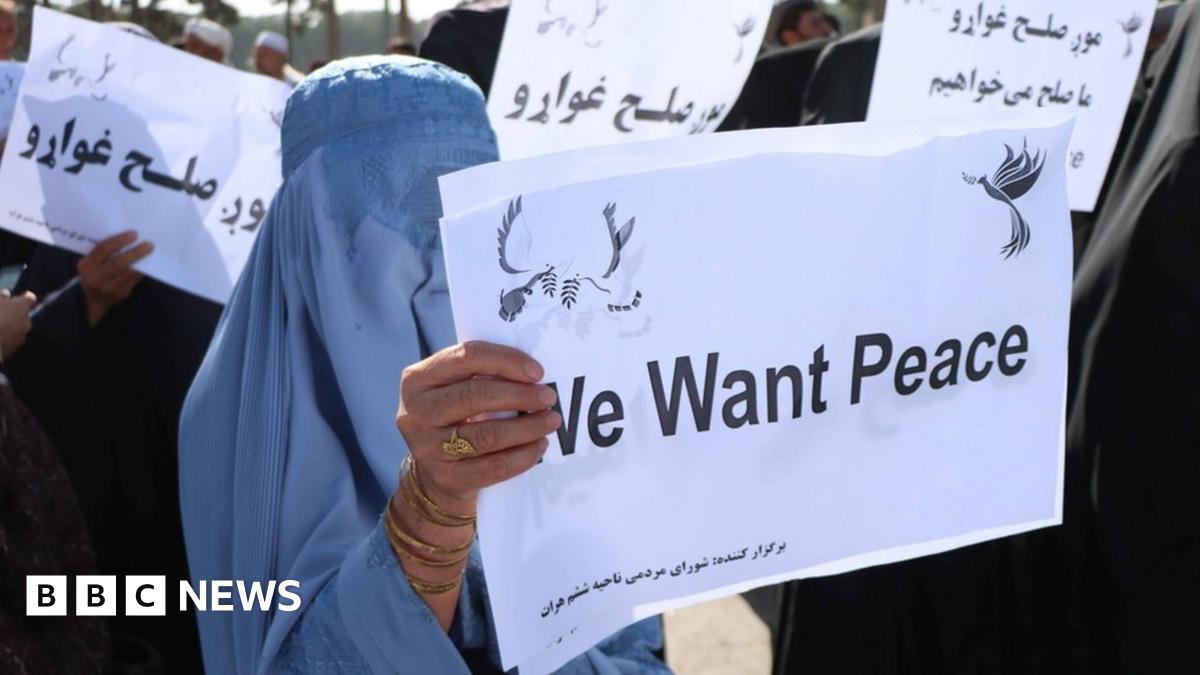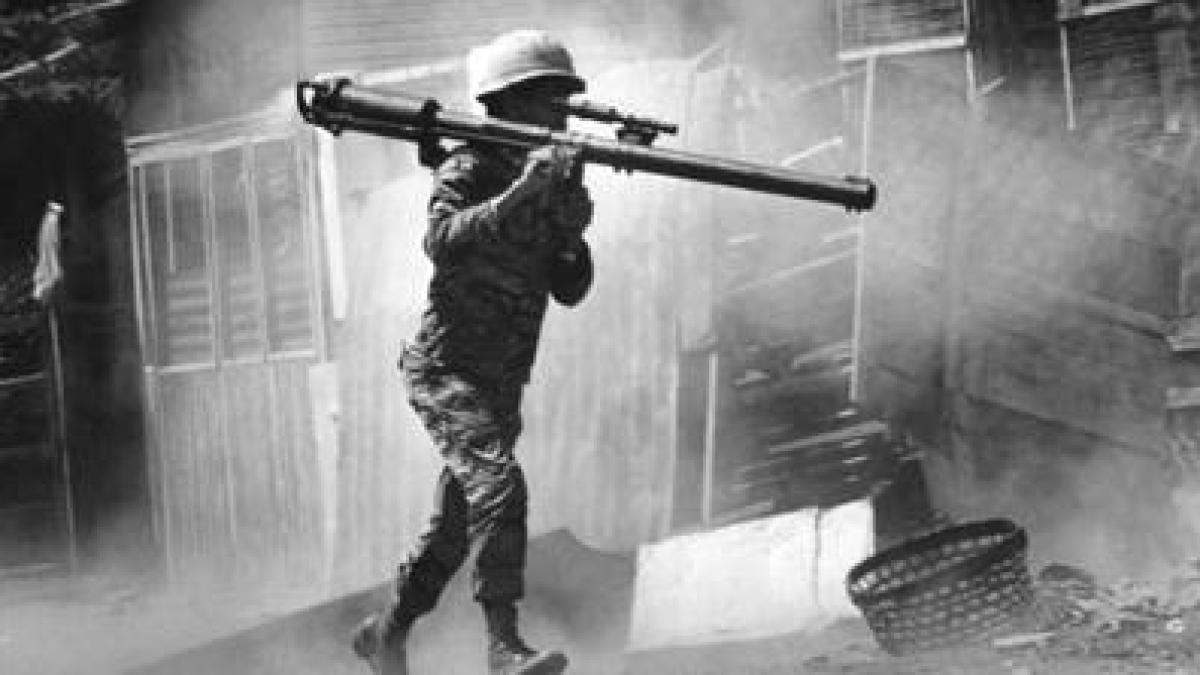Part 1 of 3: The rise of terror networks that led to 9-11
2. Terror networks exist in the Middle East and Africa. Within South East Asia, itself, and Rodrigo Duterte’s incompetence in governance related matters will enable their undisputed territory to be used to stage and attack targets both within the Philippines and externally, in Malaysia and in Indonesia. This misguided government of the Philippines, despite its shortcomings, has a lot more control over its territory than the Taliban, is not able to stop these networks (even with CIA or ADMM plus support).
3. On 6 Aug 2001, the U.S. intelligence community warned, 36 days before 9/11, that Bin Laden intended to attack the US but the report lacked specifics. Most of the intelligence community recognized in the summer of 2001 that the number and severity of threat reports were unprecedented. Many officials told the 9-11 Commission that they knew something terrible was planned, and they were desperate to stop it. Despite their large number, the threats received contained few specifics regarding time, place, method, or target. The Bush administration declassified the document in 2004. I also highly recommend reading the original 21 August 1993 classified report by Gina Bennett (that has been declassified, for those who have never seen formerly secret documents).
1. IMO, the types of terror networks that Gina Bennett first observed will again thrive under Taliban rule but I caution to say that these networks are no longer limited to Afghanistan, Pakistan, Iraq or Syria. It’s not if another 9-11, will happen in America but rather, when it will happen again. The Taliban will say that they do not support ‘XYZ’ terror network but they are just giving lip service — simply because they will never fully ‘control’ the country — there will be movement of jihadists in and out of Afghanistan that is beyond their control.Indeed but corruption is merely one of several factors why many would support the Taliban.
2. Terror networks exist in the Middle East and Africa. Within South East Asia, itself, and Rodrigo Duterte’s incompetence in governance related matters will enable their undisputed territory to be used to stage and attack targets both within the Philippines and externally, in Malaysia and in Indonesia. This misguided government of the Philippines, despite its shortcomings, has a lot more control over its territory than the Taliban, is not able to stop these networks (even with CIA or ADMM plus support).
(a) Whether the US stays or leaves Afghanistan, these regional terrorist networks in the Middle East, in Africa and in South East Asia, are here to stay.
(b) Given the huge Muslim population in the Philippines, Malaysia and Indonesia triangle (within ASEAN, at the best of times), our respective ASEAN governments can never eliminate the roots of these terror networks; but this is being managed via regional cooperation mechanisms. This counter-terror effort has local funding plus some Australian, American and Japanese funding support.
(c) My great fear is that the conditions in Myanmar will result in the spreading of these types of terror roots in the ‘Golden Triangle’ (which is the narcotics hub of South East Asia).
3. On 6 Aug 2001, the U.S. intelligence community warned, 36 days before 9/11, that Bin Laden intended to attack the US but the report lacked specifics. Most of the intelligence community recognized in the summer of 2001 that the number and severity of threat reports were unprecedented. Many officials told the 9-11 Commission that they knew something terrible was planned, and they were desperate to stop it. Despite their large number, the threats received contained few specifics regarding time, place, method, or target. The Bush administration declassified the document in 2004. I also highly recommend reading the original 21 August 1993 classified report by Gina Bennett (that has been declassified, for those who have never seen formerly secret documents).
(a) This 1993 report was entitled "The Wandering Mujahidin: Armed and Dangerous," that identified "Usama bin Ladin" as a donor who was supporting Islamic militants in "places as diverse as Yemen and the United States." Bin Laden's fortune had derived from his family's construction company, which was one of the largest in the Middle East. According to Bennett's 1993 analysis, bin Laden's funding had also enabled hundreds of Afghan Arabs to resettle in Sudan and Yemen. What the CIA was tracking was a network.
(b) Bennett also published another classified analysis titled, "Saudi Patron to Islamic Extremists," in which she observed that bin Laden had founded a group called "al-Qa'ida in the 1980s." This was the first time that anyone in the U.S. government had identified al Qaeda as a threat, the existence of which was then a well-kept secret.
(c) 33 years later, as the 20th anniversary of 9/11 approaches, Gina Bennett is a member of the CIA's Senior Analytic Service working as senior counterterrorism adviser at the National Counterterrorism Center.
Last edited:





